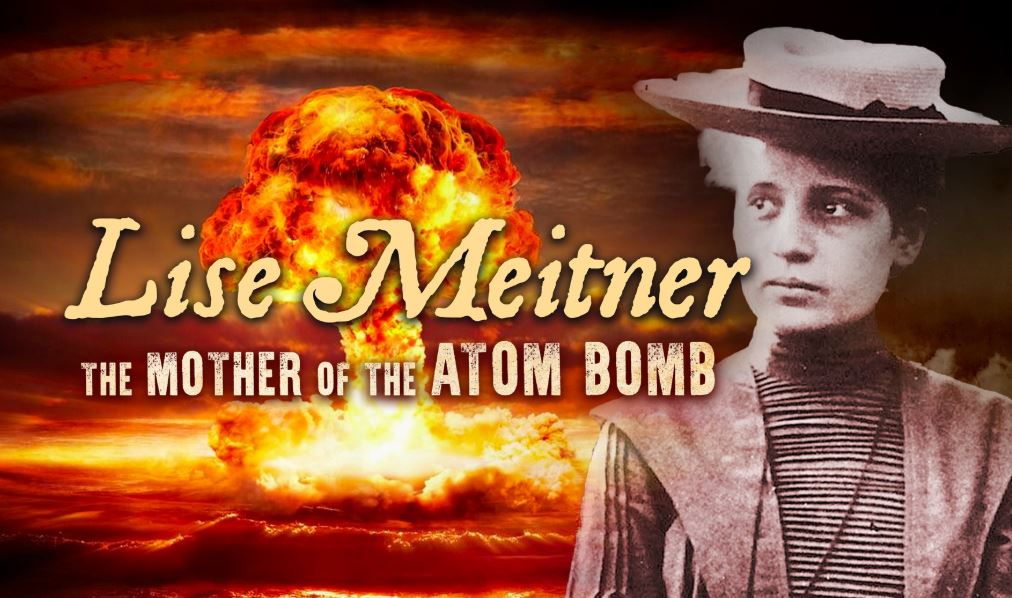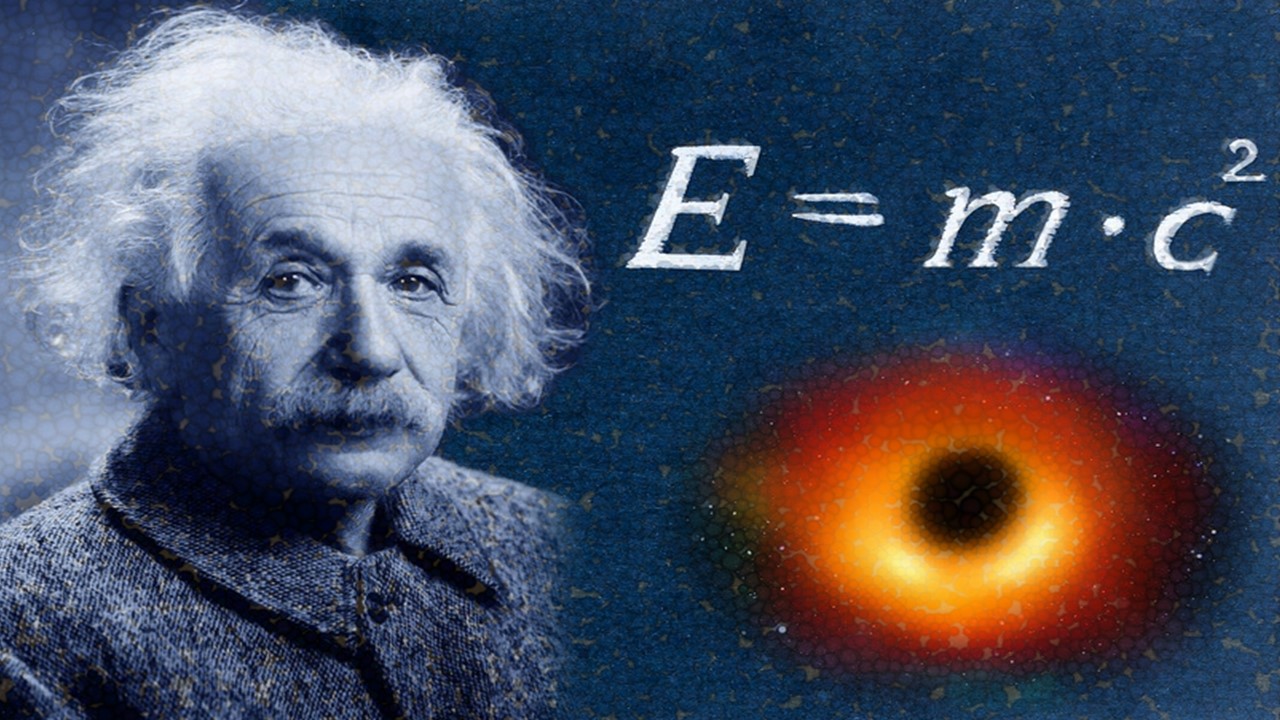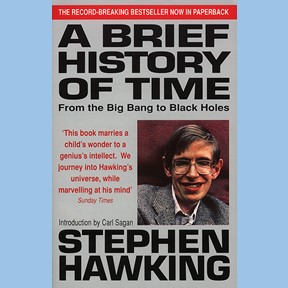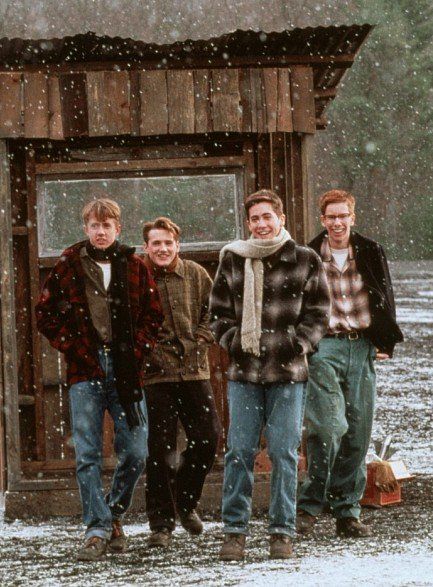
All the visible interactions in nature can be explained in terms of just four fundamental forces. Most physicists think that these four forces must have separated as the universe expanded but which must have essentially been the same under those hot conditions that existed at the Big Bang.
Which is why they are looking for a theory of everything which will set to unify them and reveal a complete understanding of the universe. The string theory and standard model are two such grand unification theories which aim to do so but haven't yet succeeded.
In this post, we will look at how the four fundamental forces apply in day to day life. Two of those forces namely gravitation and electromagnetism we are all well aware of. That is because they are large scale fundamental forces whereas weak and strong forces, which are small scale, hardly catch out our attention.
Which is why they are looking for a theory of everything which will set to unify them and reveal a complete understanding of the universe. The string theory and standard model are two such grand unification theories which aim to do so but haven't yet succeeded.
In this post, we will look at how the four fundamental forces apply in day to day life. Two of those forces namely gravitation and electromagnetism we are all well aware of. That is because they are large scale fundamental forces whereas weak and strong forces, which are small scale, hardly catch out our attention.
Electromagnetism
This fundamental force is actually a unification of two forces: electric and magnetic. From pioneering experiments of Michael Faraday, genius mathematician James Clerk Maxwell built a set of equations which combined the two forces into one.
 |
| one of the first color photographs taken by Maxwell in 1861 |
Wherever you look in the modern society, electromagnetic force is apparent. Prominent examples include television, radio and computer. With advances in technology our devices got smaller and began to fit in the palm of our hands. With just a click of a button, we are connected with the world through the internet, which is again, an electromagnetic gift to the whole of humanity.
Also, many electromagnetic waves are used for medical treatment as well. Examples: To generate a picture of brain activity an MRI machine uses radio waves or which bone is broken could be seen with x-rays or ultraviolet rays which treat diseases such as Jaundice or gamma rays which are employed to kill cancerous cells.
Furthermore, what we see with our eyes is the visible light, a small part of the full spectrum, colors from violet to red, such as in the rainbow. This is why electromagnetic force is the one we are most familiar with because it is everywhere to be seen; whether in selfies we click or films we shoot.
Gravitation
The Earth goes around the Sun once in a year because it is pulled in by the gravitational field of the Sun. If there was no gravity to keep the earth spinning, would we get to celebrate the New Year's with our friends and family?
The planets and comets and asteroids and other debris are all held together by the gravity of Sun. This suggests that gravity is quite a long range force. Even so, there is a limit to it such as with increasing distance gravitational force declines considerably in its strength.
 |
| Stephen Hawking takes a zero gravity flight |
At this moment, there are hundreds of satellites circling the earth out of which 24 are fully dedicated to the GPS technology. Think about this: without gravity keeping them in stable orbit, there would have been no google maps and we would be lost without direction in a strange place!
The universal law of gravitation is a unification of terrestrial and celestial mechanics as it was done by Sir Isaac Newton in the seventeenth century. Today, we can understand the origin of the universe by knowing what causes gravitation. Some physicists also can predict how the universe may end by studying how gravity would respond against other forces of nature.
Weak Force
It was known to common people that inside the earth was warm and molten since there were the occasional volcanoes to testify. Then, scientists discovered that the earth was four billion years old which put them to confusion because how could it remain warm for so long? Also, what kept iron melted in the core and enabled the Earth’s magnetic field?
In the twentieth century, it was found that within the earth were radioactive elements in plenty, such as, Uranium and Thorium, which decayed spontaneously thus keeping the earth warm on the inside. Energy from these reactions was explained by Einstein's famous equation which stated that mass and energy were equivalent.
In the decay, neutrinos are emitted which interact only by means of the weak force. Such high speed particles were first detected in 2005 by scientists in the KamLAND collaboration based in Japan. Thus, the inherent heat and temperature of the Earth's core are explained by the weak interaction.
If this had not been the case there would be no molten iron hence no magnetic field around the earth to protect it from the blazing solar wind. As a result, the ozone layer would disappear and we would all be put to death. Thus, beta decay, which is a manifestation of weak force is fundamental to our existence.
What's more the weak force is also responsible for radioactive decays which help to generate light in the Sun and which help to determine age of a fossil on the Earth.
Strong Force
Since protons are positive charges and since like charges repel one another and since the distance between them within the nucleus is so small, the electric repulsion should be so high that they should fly apart! What is it then that binds them together?

Strong force is the glue that holds the nuclei together; so naturally it should be a very short range force but with an enormous strength advantage over electromagnetic force. And you know what is interesting? Most of the mass of a proton (or neutron) is the result of the strong force field energy. This means that most of our own mass is just a manifestation of that same energy.
Life without strong force would not exist because without it protons would not come together in the first place. But, due to strong force, the protons can bind together to become an unstable Helium. Then which decays under the guidance of the weak force and visible light is made in the process. Using which fruits and vegetables be made on the Earth. Consumed by animals. Like us.
Weak and strong forces are both short range forces so they hardly have any large scale technological applications yet we know for sure that there would be nothing without them and that in itself is beautiful isn't it!?
Summing up
Two forces govern all the macro scale activities in the universe whereas the other two more important forces rule the micro world. As mentioned before, scientists are looking for a theory of everything which would unify all the four forces of nature into one coherent system. But, what if there is a fifth force of nature?








































 Physics, astronomy and science history blog for students
Physics, astronomy and science history blog for students